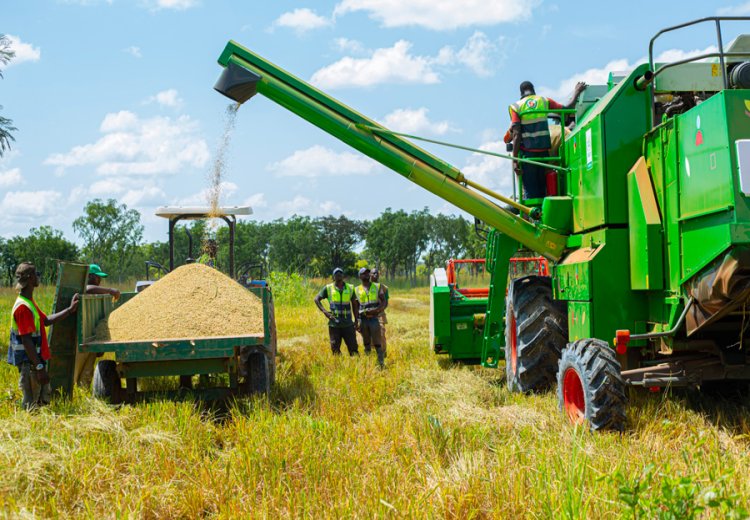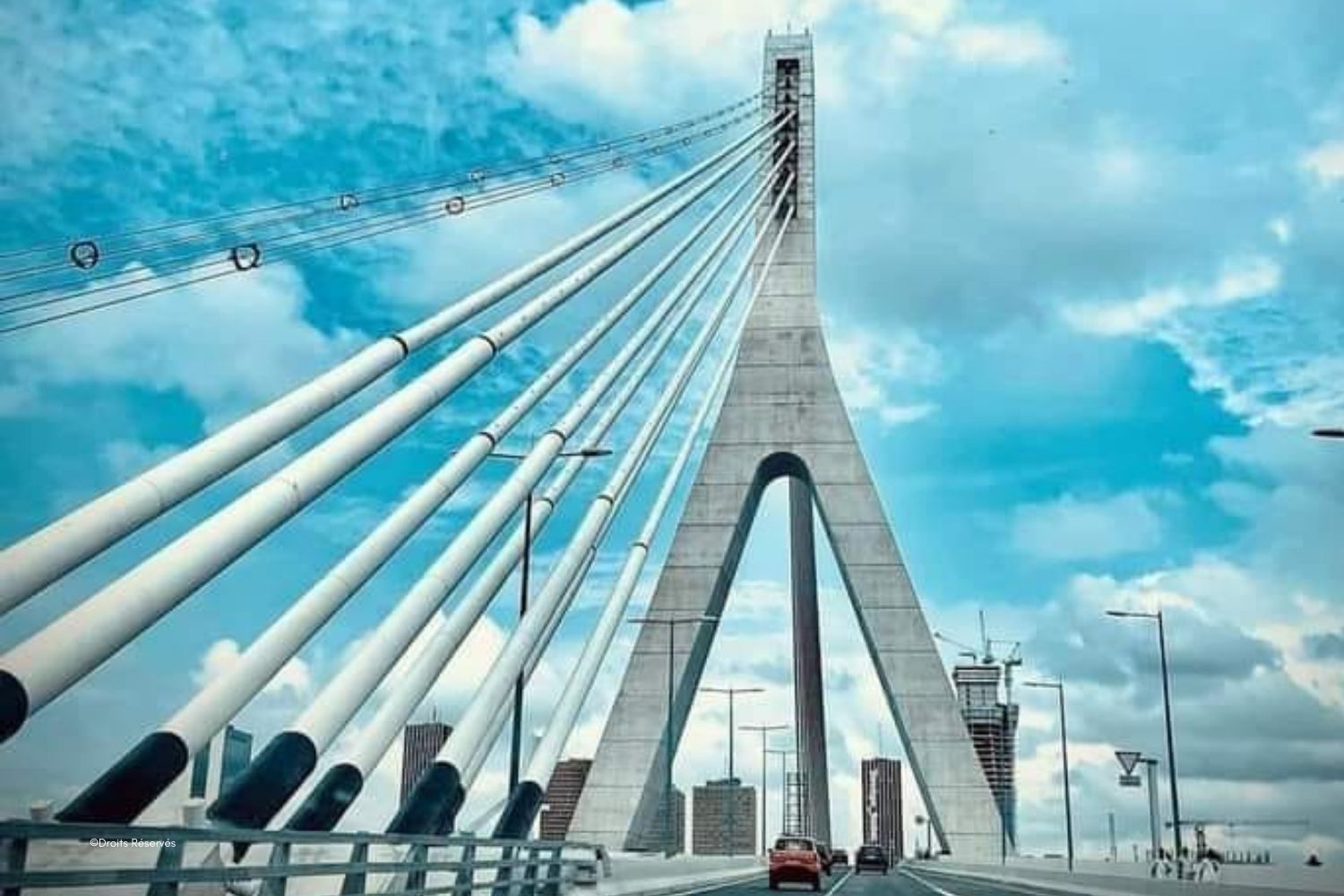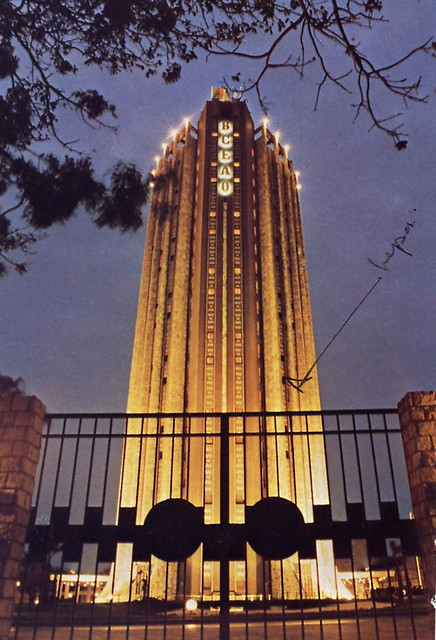Ivory Coast: Self-sufficiency in rice by the end of 2026
In West Africa, rice ranks as the second most consumed cereal, after maize. Several countries in the region are striving to increase their production in order to reduce their dependence on international markets.
In Côte d'Ivoire, the goal of rice self-sufficiency is now targeted for the end of 2026. This announcement, made on February 24, 2025, by Mr. Kobenan Kouassi Adjoumani, Minister of Agriculture and Rural Development, pushes back the initial deadline set for 2025 by one year. Nevertheless, the minister remains optimistic, highlighting a notable increase in rice production, which rose from 900,000 tons between 2010-2015 to 1.3 million tons in 2023, and then to 1.55 million tons in 2024. This progress is the result of targeted investments in high-yield improved seeds and hydro-agricultural developments.
Despite these advances, achieving self-sufficiency remains a major challenge. Per capita consumption has indeed increased by 20% over the last decade, currently reaching 84 kg per year, according to data from the U.S. Department of Agriculture (USDA). While authorities estimate that a production of 2.1 million tons would be necessary to meet national demand, the USDA assesses actual consumption at around 2.5 million tons, while the Food and Agriculture Organization (FAO) estimates it at 2.8 million tons.
During the 2023/2024 campaign, Côte d'Ivoire positioned itself as the second-largest rice importer in Africa, behind Nigeria, with 1.6 million tons of milled rice imported mainly from India, Vietnam, Pakistan, and Thailand. In 2023, the value of these imports exceeded $722 million, according to data compiled on the Trade Map platform.
In this context, observers estimate that national production will need to increase by nearly 55% by 2026 for the local sector to meet domestic demand.
More broadly, Minister Adjoumani's statements are part of the new "National Strategy for the Development of the Rice Sector" (SNDR 2), announced by the government last July. This plan, with a total cost of $1.3 billion for the period 2024-2030, aims for a production of 3.2 million tons of milled rice by 2030. The first phase, with a budget of $546 million, will run from 2024 to 2027, while the second phase, with a budget of $770.7 million, will cover the period from 2028 to 2030. The priority areas include expanding the cultivated rice areas, optimizing water resource management, and improving yields.
Source: Agence ecofin, MEPD Web Portal Editorial




